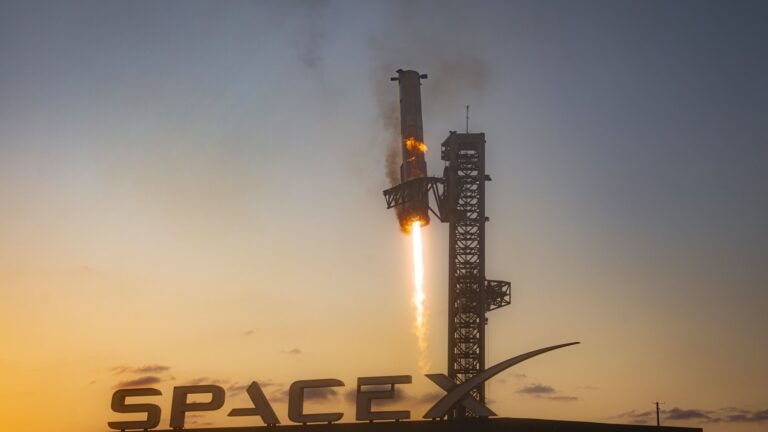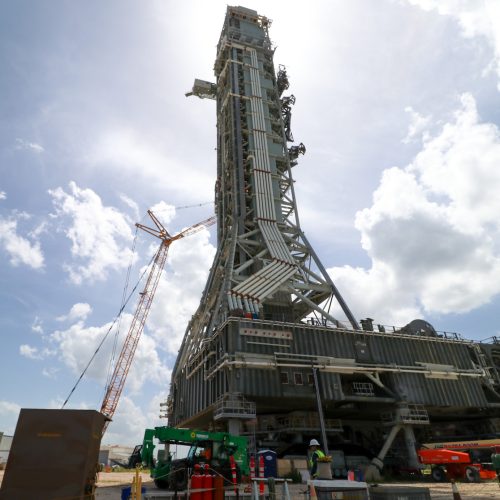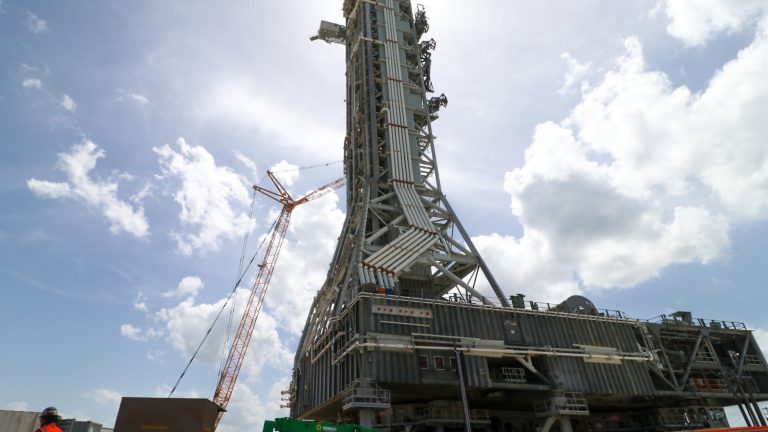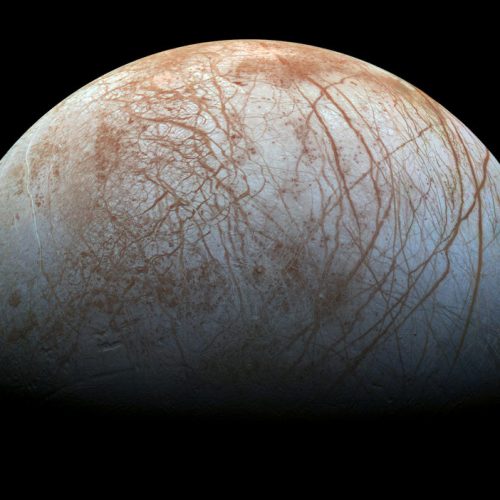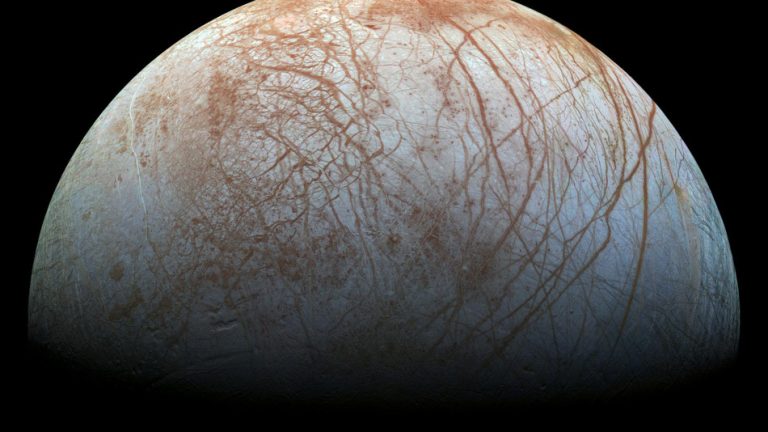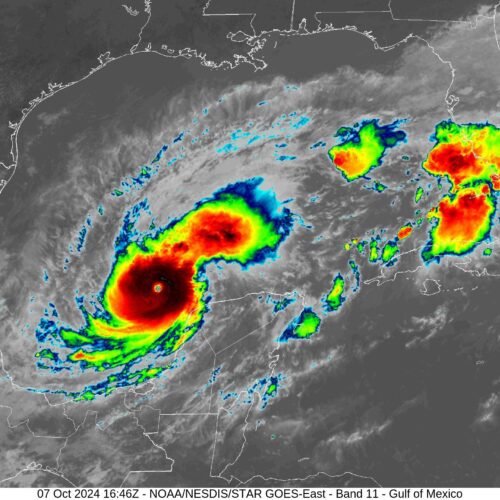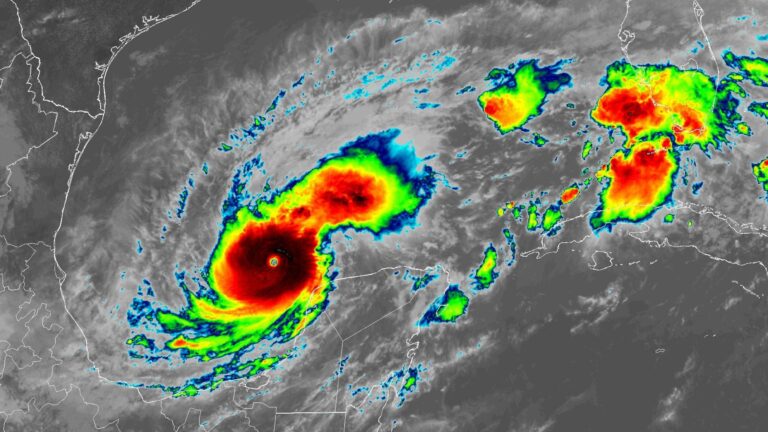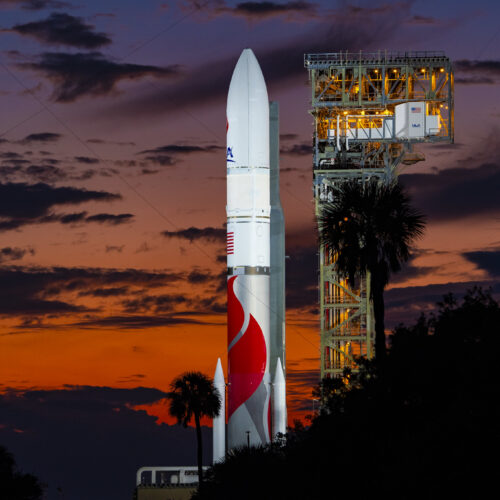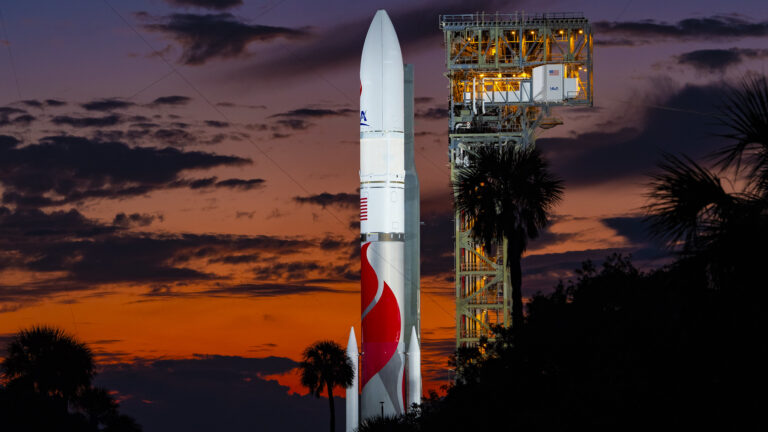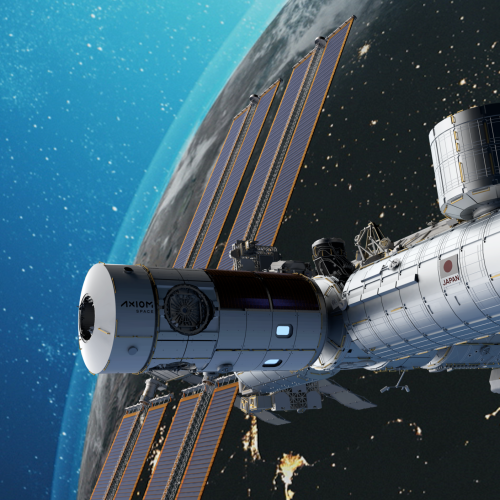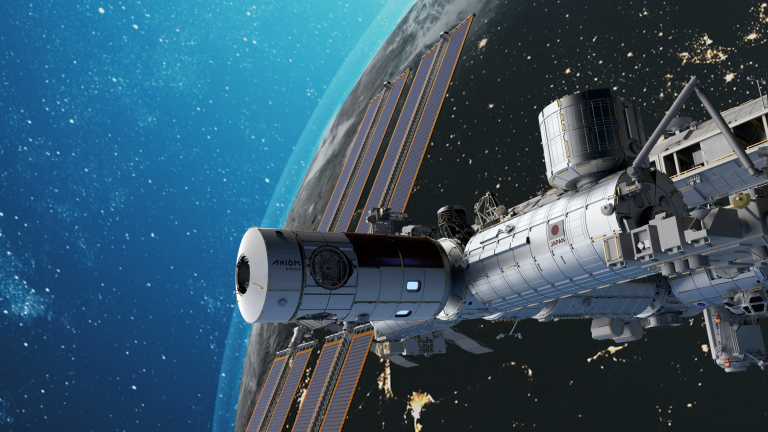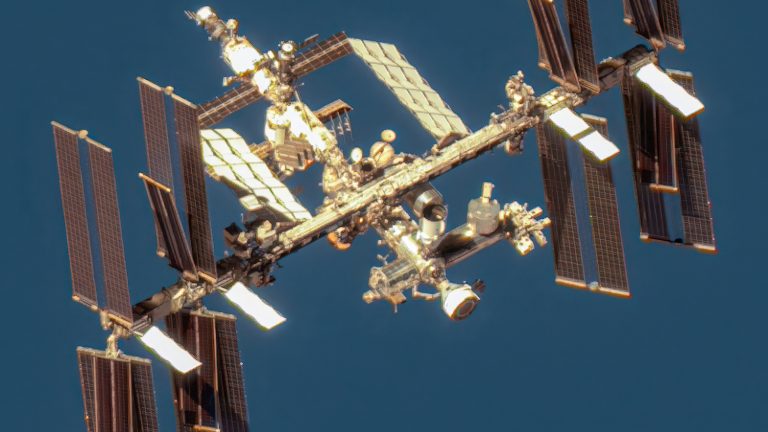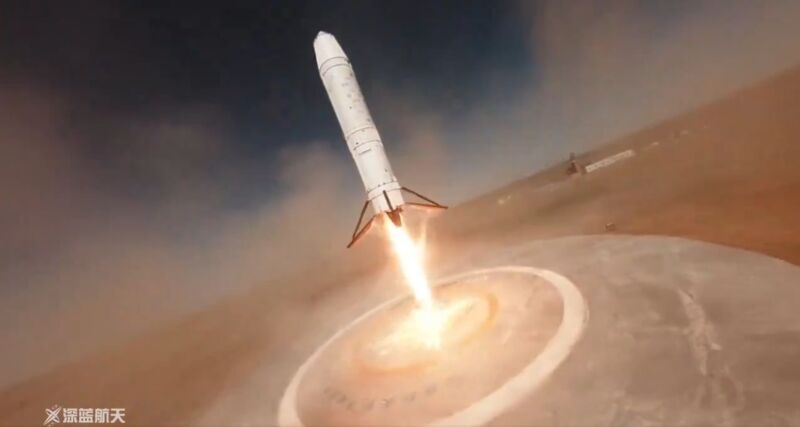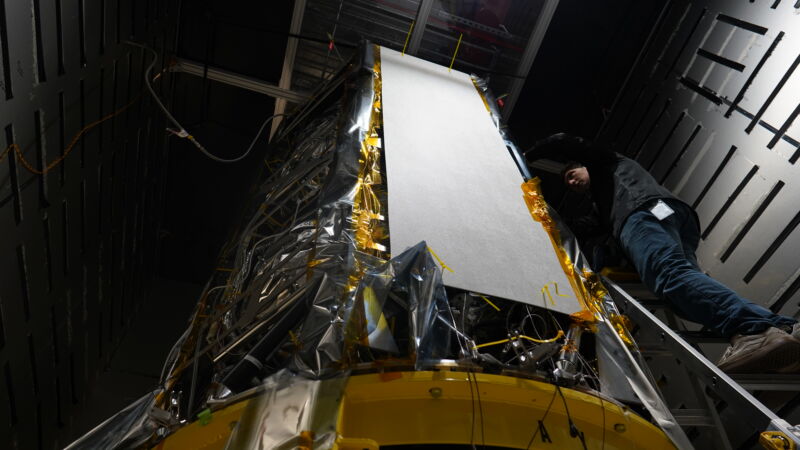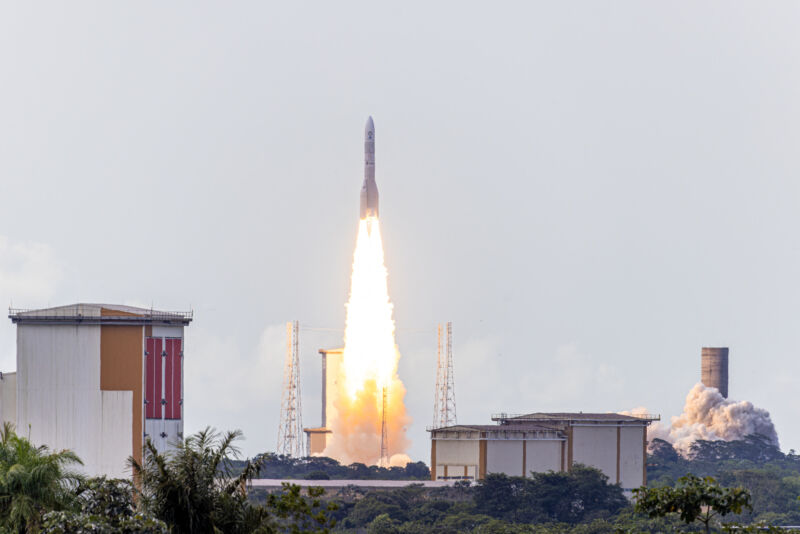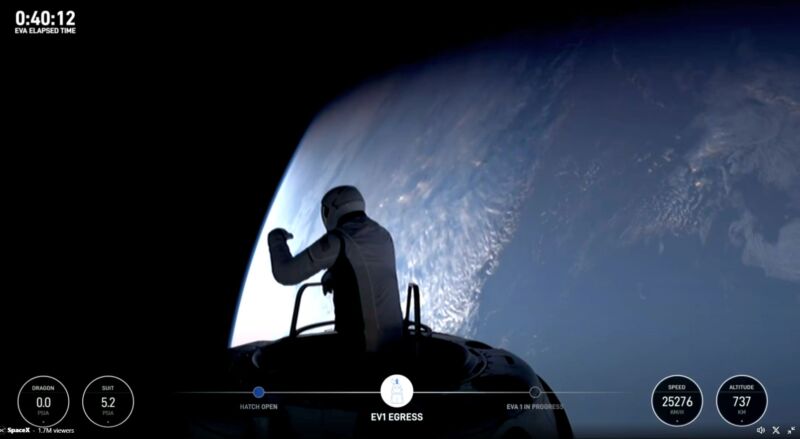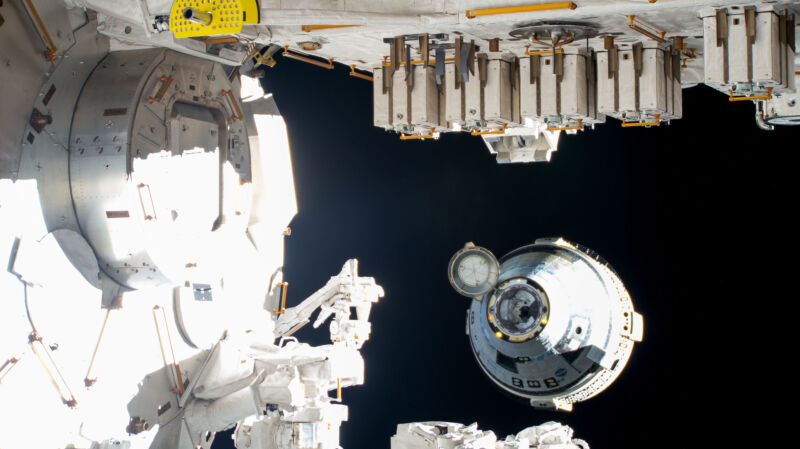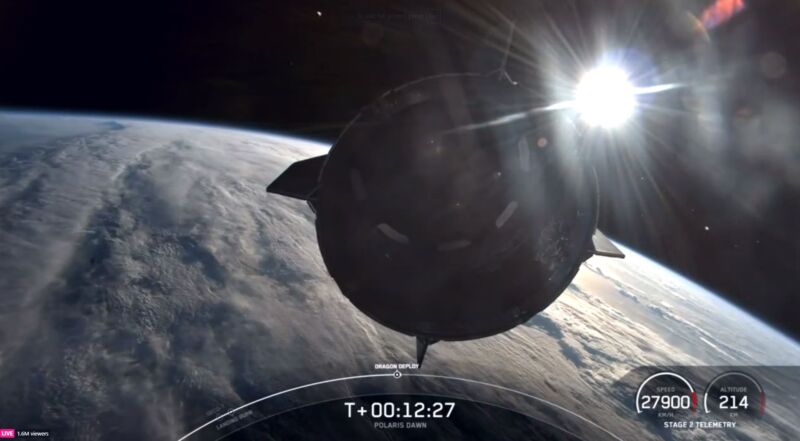To the astonishment of forecasters, a tiny hurricane just sprang up near Cuba
A hurricane so small that it could not be observed by satellite formed this weekend, surprising meteorologists and even forecasters at the National Hurricane Center.
Hurricane Oscar developed on Saturday near Turks and Caicos, and to the northeast of Cuba, in the extreme southwestern Atlantic Ocean. As of Saturday evening, hurricane-force winds extended just 5 miles (8 km) from the center of the storm.
This is not the smallest tropical cyclone—as defined by sustained winds greater than 39 mph, or 63 kph—as that record remains held by Tropical Storm Marco back in 2008. However, this may possibly be the smallest hurricane in terms of the extent of its hurricane-force winds.
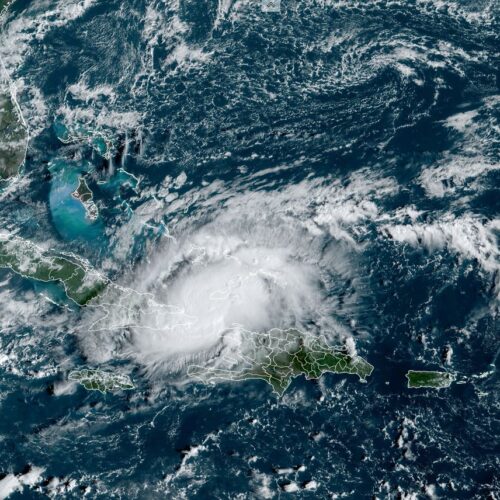
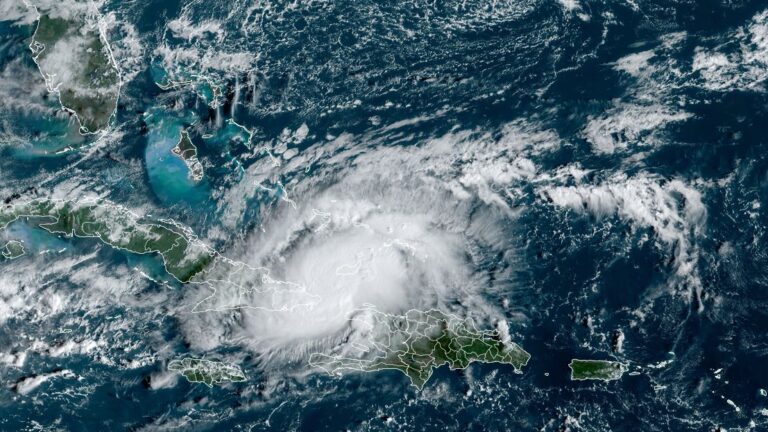
© NOAA


